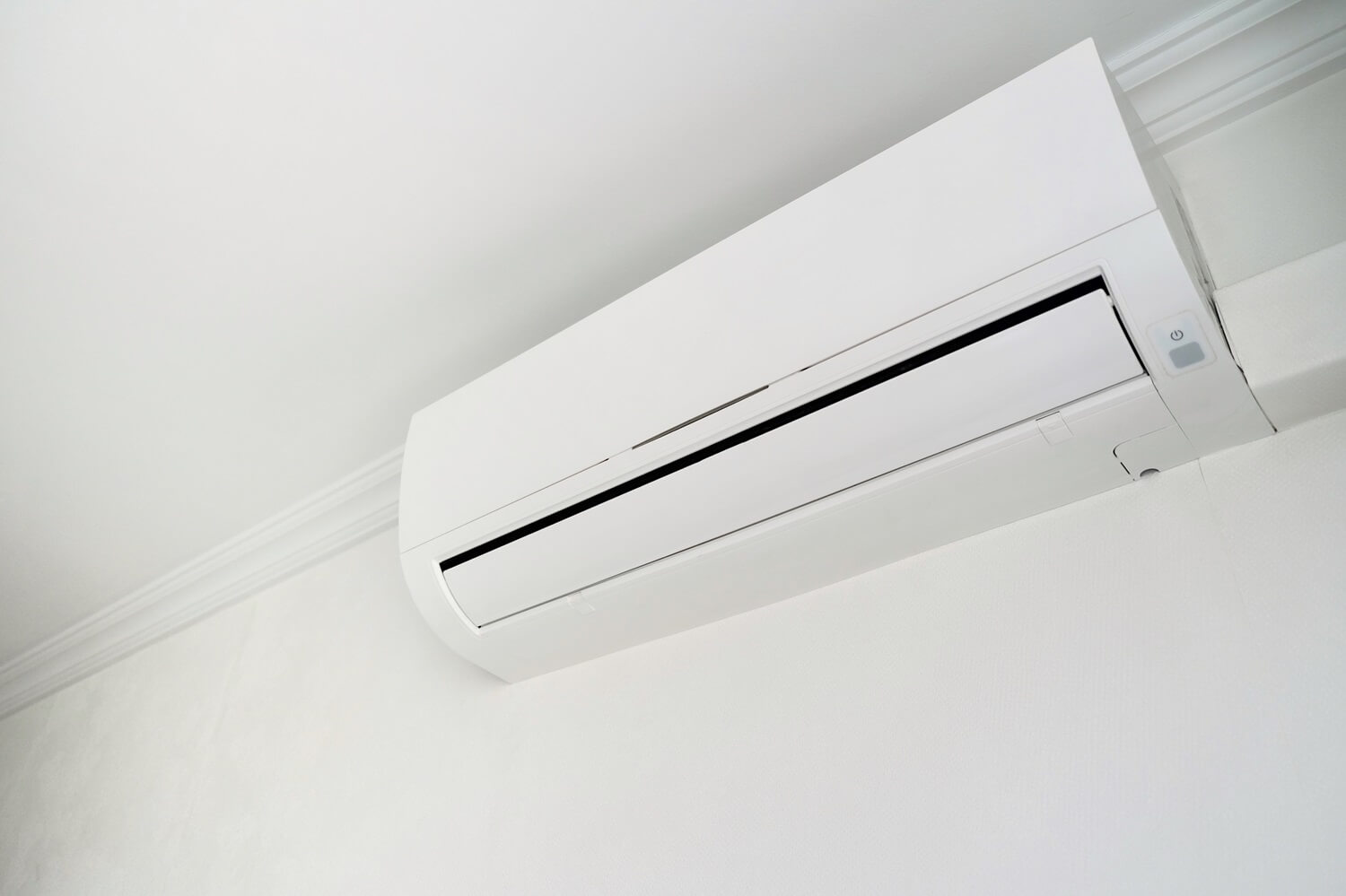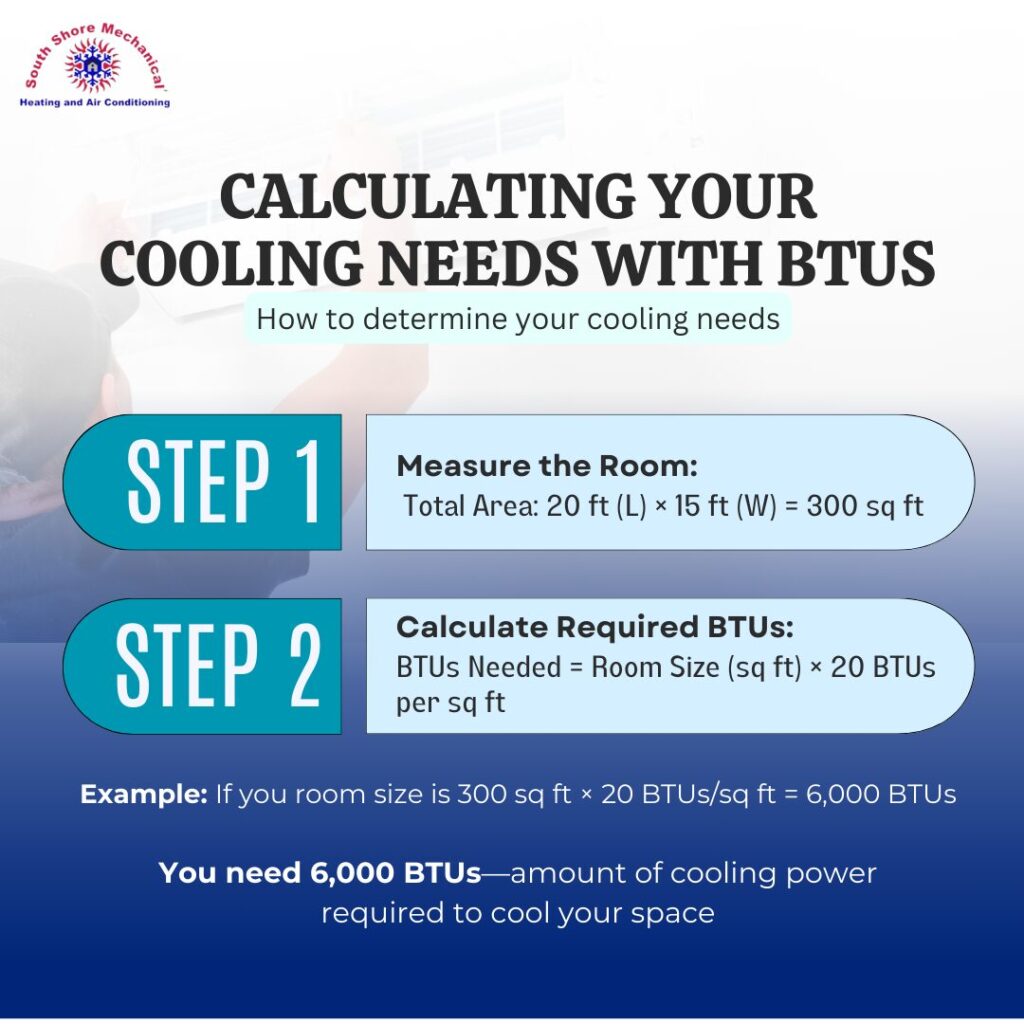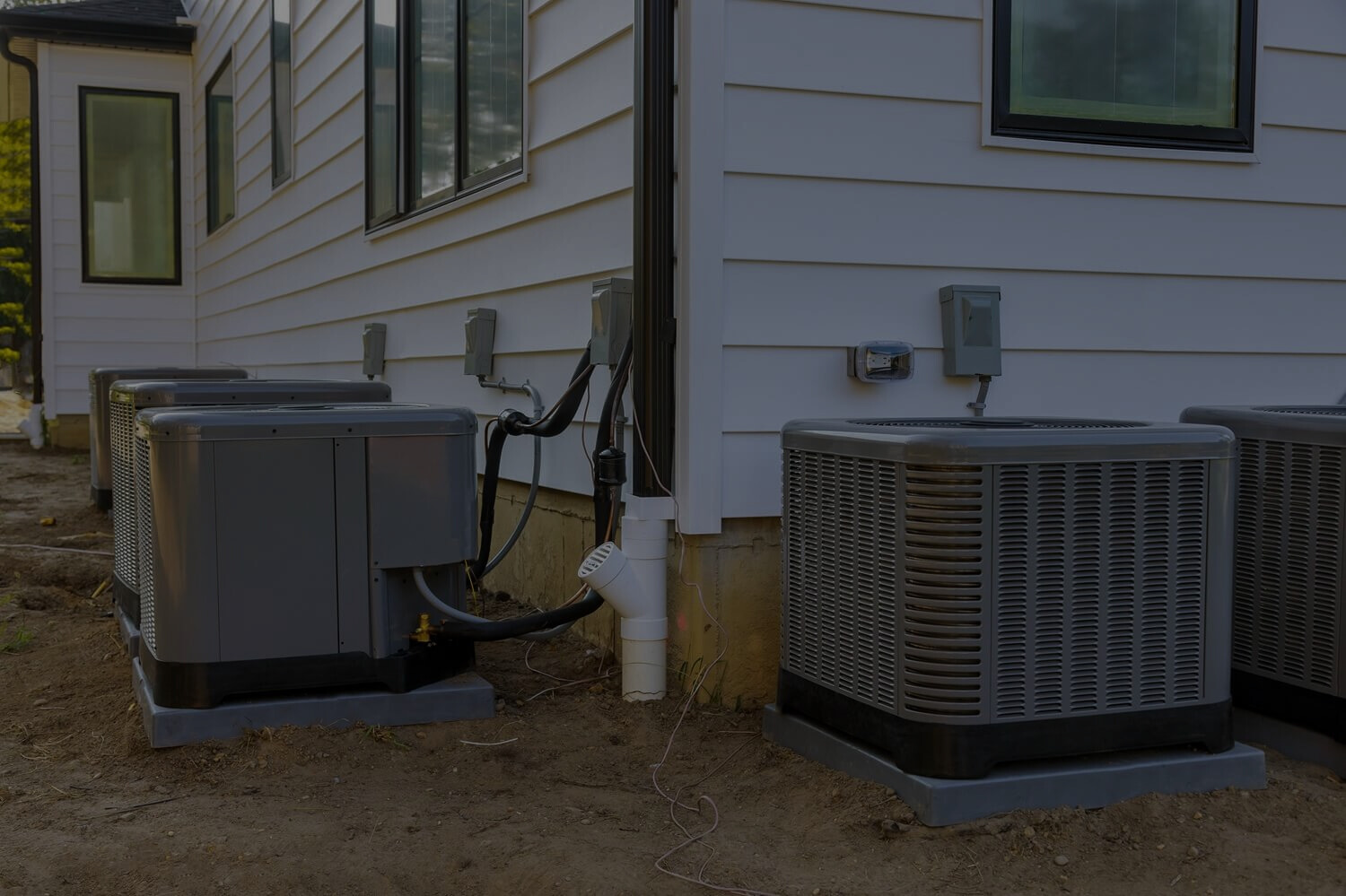
-
South Shore Mechanical
-
Blog
-
0 Comments
-
July 25, 2024
How to Size a Mini Split Air Conditioner
When the sweltering summer heat arrives, having an efficient cooling system becomes a necessity. Mini split air conditioners are popular among homeowners for their flexibility, energy efficiency, and ease of installation. However, selecting the right size for your mini split system is crucial to ensure optimal performance and comfort. Choosing the correct size ensures efficient cooling, energy savings, and a comfortable indoor environment during the hottest months. In this guide, we will help you understand what size mini split do I needs and provide insights into how to size a mini split effectively.
Why Sizing Matters
Choosing the correct size mini split air conditioner is essential for several reasons:
Energy Efficiency: An oversized unit will cycle on and off frequently, leading to higher energy consumption. Conversely, an undersized unit must work harder to cool your space, consuming more energy.
Comfort: Properly sized units maintain a consistent temperature and humidity, ensuring maximum comfort.
Longevity: Units that are either too large or too small will experience more wear and tear, potentially shortening their lifespan.
Determining Your Cooling Needs

The first step in figuring out how to size a mini split is calculating the cooling capacity required for your space. This is typically measured in British Thermal Units (BTUs). Here’s a basic method to determine the BTUs needed:
Measure the Area: Calculate the room’s square footage or area you want to cool. Measure the length and width of the space, then multiply these two numbers to get the total square footage.
For example, if your room is 20 feet long and 15 feet wide:
20 ft×15 ft=300 square feet
Determine BTUs per Square Foot: Generally, you need about 20 BTUs per square foot of space. So, for a 300-square-foot room, you would need:
300 square feet×20 BTUs per square foot=6000 BTUs
Adjusting for Specific Factors
While the above calculation provides a baseline, several factors can affect the cooling requirements of your space:
Insulation: Poorly insulated spaces may require additional cooling capacity.
Ceiling Height: Higher ceilings mean more air to cool, increasing BTU requirements.
Sunlight Exposure: Rooms with large windows or receiving direct sunlight need more cooling power.
Occupancy: More people generate more heat, so spaces with higher occupancy need more BTUs.
Appliances and Electronics: These also generate heat, necessitating additional cooling.
Using a Mini Split Size Chart
A mini split size chart can be a useful tool to match your calculated BTUs with the appropriate mini split unit. Here’s a simplified version:
| Room Size (Square Feet) | Recommended BTUs |
| Up to 150 | 5,000 |
| 150 to 250 | 6,000 |
| 250 to 300 | 7,000 |
| 300 to 350 | 8,000 |
| 350 to 400 | 9,000 |
| 400 to 450 | 10,000 |
| 450 to 550 | 12,000 |
| 550 to 700 | 14,000 |
| 700 to 1,000 | 18,000 |
| 1,000 to 1,200 | 21,000 |
Refer to this chart after calculating your BTU. You need to find the right mini split size.
Multiple Zones
You may need a multi-zone mini split system for larger homes or spaces with multiple rooms. This allows you to control the temperature in different areas independently. The process of sizing for multi-zone systems involves the following:
Calculating Total BTUs: Add up the BTU requirements for each zone.
Selecting Appropriate Units: Choose mini split units that can handle the combined BTUs while allowing individual zone control.
Installation Considerations
Proper installation is key to the performance of your mini split system. Here are a few tips:
Professional Installation: It’s always best to have your system installed by a professional HVAC installer to ensure optimal placement and performance.
Indoor Unit Placement: Install indoor units high on the wall for better air circulation.
Outdoor Unit Location: Ensure the outdoor unit is placed in a well-ventilated area, away from direct sunlight and obstructions.
Maintenance Tips
Regular maintenance will keep your mini split system running efficiently. Here are a few simple tips:
Clean Filters: Regularly clean or replace filters to maintain airflow and efficiency.
Check Refrigerant Levels: Ensure the refrigerant levels are adequate to avoid overworking the unit.
Inspect for Leaks: Regularly check for any refrigerant leaks, which can affect performance and efficiency.
Why Trust South Shore Mechanical?
Understanding how to size a mini split system is crucial for achieving the perfect balance of comfort and efficiency. By considering your space’s specific needs and using tools like a mini split size chart, you can ensure that your system is neither too large nor too small.
If you need expert advice or assistance with choosing and installing a mini split air conditioner, you can reach out to South Shore Mechanical. Our team of professionals is dedicated to helping you find the perfect solution for your cooling needs.
Proper sizing of your mini split air conditioner can make all the difference in maintaining a comfortable and energy-efficient home. Remember, a well-sized unit not only provides optimal cooling but also saves you money on energy bills and prolongs the life of your system.

